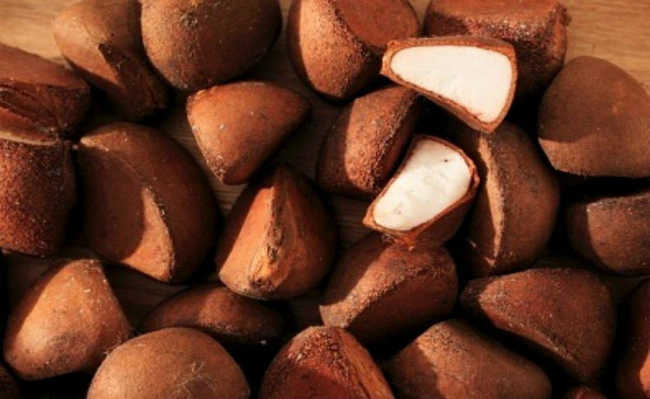How to store vegetables in the refrigerator
Find out how to store vegetables correctly and prolong the life of your food

Edited and resized image by Markus Spiske is available on Unsplash
Knowing how to store vegetables in the fridge is a great way to avoid wasting food. Understand:
sanitize
The cleaning of vegetables and legumes is the first step to be taken before storing them. Most products travel long distances before reaching you. Fruits and vegetables can be exposed to harmful bacteria or other contaminants along the way. This goes for organic and pesticide-free foods as well as conventional products. Even foods that look and taste good can be contaminated.
To avoid harmful contaminants, always wash products before eating. Before applying any cleaning agent to the food to be decontaminated, it is necessary to remove all fragments and remains of dirt under running water. In this way, the effectiveness of other cleaning products will be greater.
After removing all the dirt and dirt fragments, dissolve a spoon of baking soda in a liter of water and leave the vegetables in this solution for about 15 minutes. Then pour the solution and wash the food again under running water. Then make a solution of 1/4 cup lemon, 1/4 cup white vinegar and 1/4 cup water; sprinkle on food and leave for about five minutes before rinsing again under running water. To learn more about this topic, take a look at the video:Fruits and vegetables must be stored in different ways, including three types of storage:
- Cold and Wet Storage
- Cold and dry storage
- Storage at room temperature and dry
- Litter
- Broccoli
- Carrot
- Lettuce
- Aubergine
- Garlic
- Onion
- peppers
- Pumpkin
- Zucchini
- Potatoes
Always store fruits and vegetables separately from raw meat and dairy products to avoid possible bacterial cross-contamination.
- What You Need to Know About Cross Contamination
Freeze
Almost all fruits and vegetables can be stored in the Freezer. Freezing can change the texture of many fruits and vegetables, but it generally preserves the flavor, nutrients and health benefits. It's a great way to store seasonal fruits or vegetables for use later in the year, especially if you plan on eating them cooked or in smoothies.
It is best to freeze fruits and vegetables in hermetically sealed and glass containers to avoid the transfer of harmful compounds such as bisphenols (learn more about this in the article: "Know the types of bisphenol and their risks"). Avoid freezing products that are not yet ripe, as they may not ripen properly. Vegetables you plan to eat raw, such as lettuce, should not be frozen.
Dry and room temperature storage
Certain foods should be kept out of the fridge and freezer. Instead, they should be stored in a cool, dry place. These include:- Tomato
- Banana
- Potato
- Lemon
- Orange
Tomatoes in particular can lose flavor and nutrients when cooled. They can also develop an unwanted texture. Whole fruits, in general, don't need to go to the fridge. However, refrigeration slows down the ripening process, which can make them stay fresh longer. After washing and cutting them, always store them in the fridge or freezer. Very ripe bananas, for example, can turn into ice cream. Learn how in the article: "Turn overripe bananas into ice cream".
As for leafy vegetables such as basil, kale, spinach, leeks and mint, one way to make them take longer to spoil is to place the stalks in a glass of water or store them in moist cotton bags inside the refrigerator .

Edited and resized image from Foodsm360 is available on Unsplash
Adapted from Healthline










